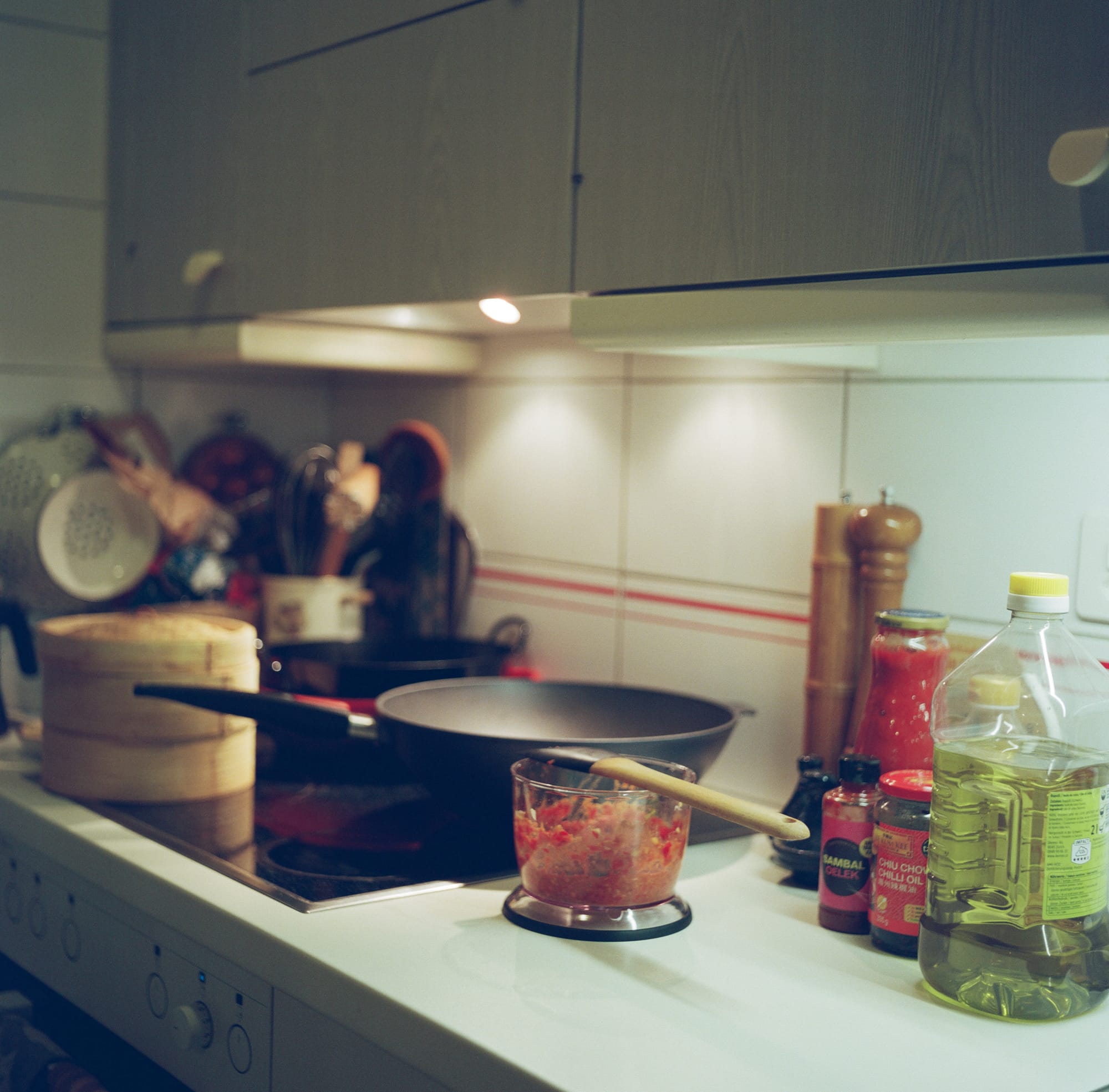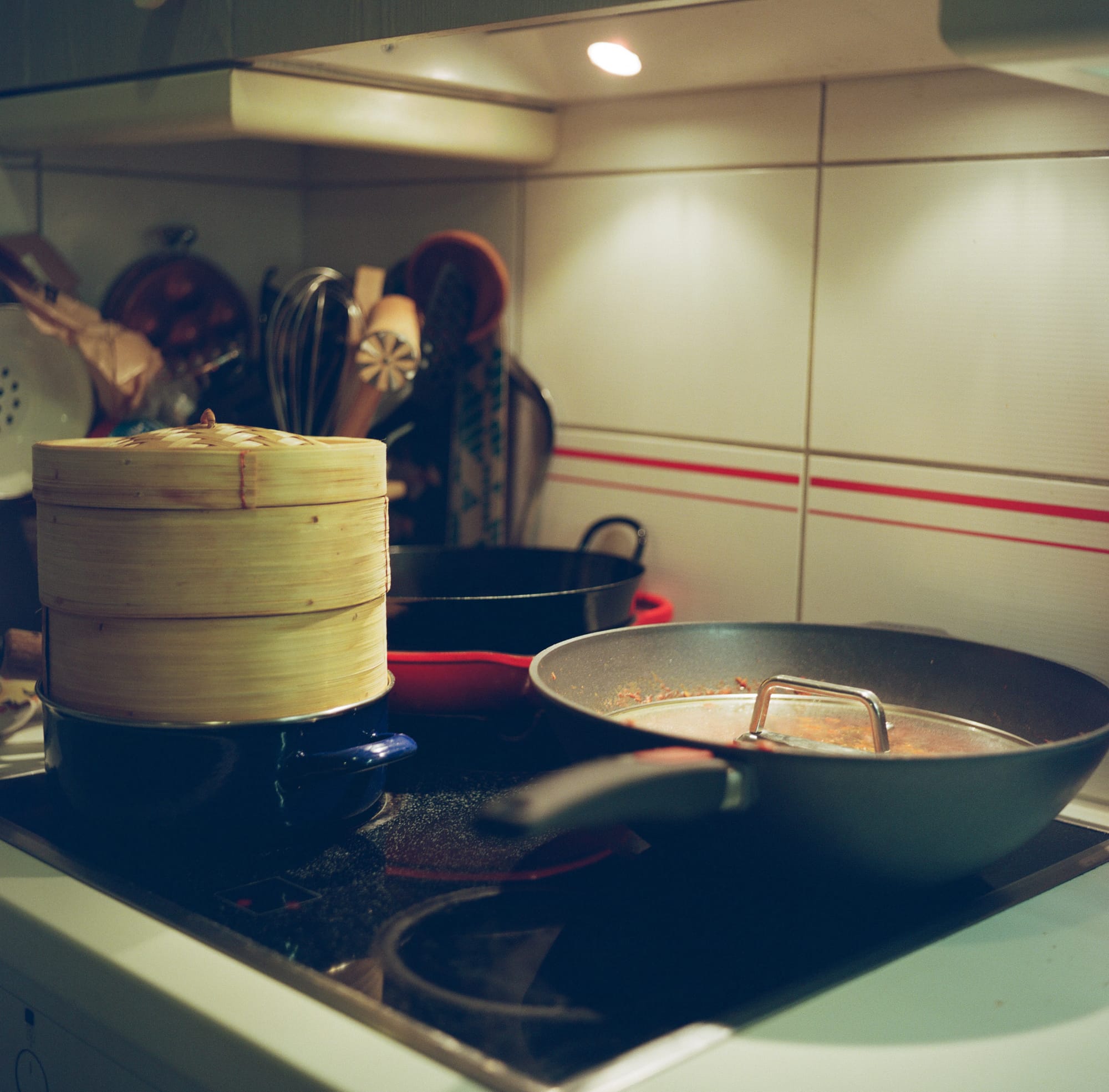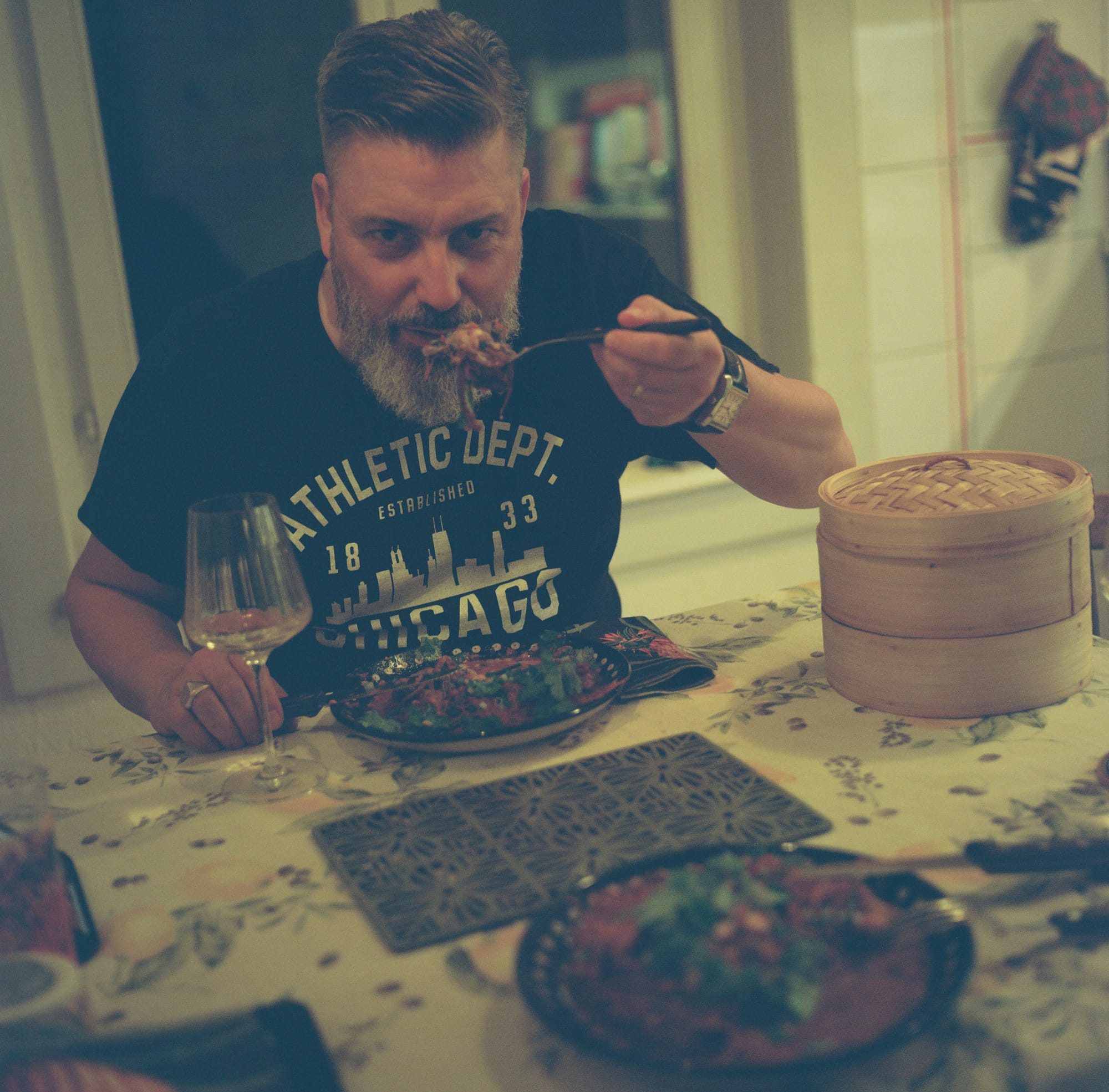What to eat SINGAPORE 🇸🇬 Chilli crab
In the 1940s, Cher Yam Tian was steaming the crabs her husband, a policeman... her husband got tired of the taste of steamed crab and asked for an addition. At first, she tried tomato sauce but he found this too sweet. She added some chilli and he was satisfied...

Chilli crab
Published October 4, 2025 · by Amanda Rivkin Häsler
The popular quest for the origin of Singapore's chilli crab began curiously enough in 2009 when Malaysia's then tourism minister Ng Yen Yen was launching the Malaysian International Gourmet Food Festival. She told the press at the time that, "We cannot continue to allow other countries to hijack our food," adding, "Chilli crab is Malaysian."
With that shot fired across the causeway at Singapore, it was not so much that the race was on to find the origin as the dish is rather a recent addition to both countries' culinary scenes but rather the reaction was fierce.
The Portuguese are responsible for introducing chilli pepper to Malacca in the sixteenth century. Before then, peppercorn was used by Malays to add heat and spice to their meals. But it would take several centuries before the advent of the dish we know as chilli crab, perhaps Singapore's most widely known dish and certainly considered the national dish today.
In the 1940s, Cher Yam Tian was steaming the crabs her husband, a policeman named Lim Choo Ngee, would catch by the waters near their house. As she told popular Singaporean food blogger Leslie Tay before her death in 2023 at age 90, her husband got tired of the taste of steamed crab and asked for an addition. At first, she tried tomato sauce but he found this too sweet. She added some chilli and he was satisfied.

By 1950, Cher opened a pushcart that was popular enough but her business grew and she outgrew the humble hawker cart she was serving from. Six years later, came the first significant upgrade with a shack by the beach lit by hurricane lamps. By 1963, Palm Beach Seafood was opened along Upper East Coast Road. Named for the palm trees that lined the beach, it became a popular stop on a coastal road with a specialty that brought in customers from around the island.
However, the version that is most widespread today was created by Hooi Kok Wai in the 1960s. He was one of four famous chefs in Singapore of his era. At his restaurant Dragon Phoenix, Hooi gave the dish his own signature twist in that he added egg to enhance the appearance of chilli crab.
Given the ubiquity of the ingredients that go into the making of chilli crab, the food fight with Malaysia appears to be less of a traditional rivalry of appropriation found among global food fights but more one of parallel development. On Langkawi Island in Malaysia, his restaurant called Weng Fung seafood is also credited with being the first to offer chilli crab.

While founded in 1958, a few years after Cher's shack opened after half a dozen years of operating a pushcart, Malaysian chilli crab is not quite the same dish. Whereas Hooi later added egg to the Singaporean style in the 1960s, Malaysia's version is thickened through a reduction of the sauce known as a rempah, then with additions like eggs or corn starch as is popular in Singapore. Ultimately, the parallel development is likely the product of a common media and cultural space, a byproduct of changing tastes and styles as well as culinary fashions.
While neither has gone out of style and will likely be around as long as crabs are, trying to ascertain who first added chilli to crab is a bit of "a fool's errand," in the words of one Channel News Asia presenter, Ming Tan, who tried to get to the bottom of the feud in a program, "On the Red Dot," in 2023.

Recipe
Ingredients:
5 dried chillis
2 shallots
1 medium sized piece of ginger
3 medium size cloves of garlic
3 fresh red chiles
3 habanero or scotch bonnet or extra hot chiles, if desired
3 tablespoons of spicy soybean paste
1 tablespoon shrimp paste
3 tablespoons neutral cooking oil like sunflower seed oil or canola
150-200 grams of tomato sauce
100 grams of chilli garlic sauce
10-12 soft shell crabs
4 bunches of scallions
20 grams of cilantro
1 teaspoon sugar
2-3 quail eggs
Step 1: Boil water for dried chillis. Add once water begins to boil.
Step 2: Peel the shallots, ginger and garlic and put in a food processor. Wash and cut the chillis into large pieces and add to the food processor. Once boiled dried chillis are soft, add as well to the food processor. Add the spicy soybean paste and combine until it forms a chunky paste but not a puree. This is known as rempah.
Step 3: Heat a wok and add the shrimp paste to toast in it before anything else. Once you start to smell the shrimp paste, add the rempah and stir until combined. Once the rempah begins to cook, add the oil. Stir until combined and turn down heat to slow cook approximately 20 minutes.
Step 4: When the color begins to turn to a light brown hue, add between 150 grams and 200 grams of tomato sauce and the chili garlic sauce. Allow for another 15-20 minutes.
Step 5: Add the crab and then a cup of water and cover.
Step 6: Add sugar and stir. Cover. Add vinegar.
Step 7: Then prepare your garnish, plate. Add quail eggs to sauce and stir until blended in with the rest of the sauce. Pour the sauce over the crab and add some scallions and cilantro. Serve with steamed buns.
Tips, tricks and notes:
Crabs are impossible to source in Switzerland, so I ordered frozen softshell crabs from Honest Catch in neighboring Germany. They pack the softshell crabs, sourced in Thailand, in dry ice and ship overnight to Switzerland.
This video from Vice Magazine's Munchies series starring Michelin-starred chef and Singapore native Salil Mehta is enormously helpful, as is his instructional regarding the concept of aga aga "which means, like, approximation."
Also beware the spicy in this recipe and perhaps have some dairy drink such as milk or ayran on hand for cooling temperatures. We had some ayran on hand, which Georg asked for and ended up pouring on his food rather than drinking to make the spicy stop.
Learn where to eat Singaporean food in Switzerland.
Follow our social media pages @swissglobaldining on Instagram, TikTok and YouTube